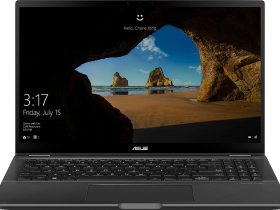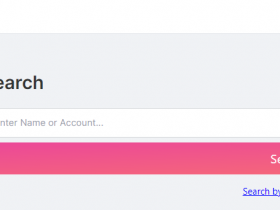Do you have a printer at home or office that needs servicing? As well all know, printers are electronic equipment that can be used for a variety of applications, including printing, copying, and scanning. However, they do not last forever and need regular repair or maintenance from time to time. If you are confused about whether you should go for printer service or replace it, then this blog can help. There are many things you must consider before making a decision.
How old is your printer? Does it meet all your printing requirements? How much is it costing you? All such points will help you determine what is the right solution for you.
Here is a list of 7 factors to help you decide whether to get a new printer or invest in a printer service.
- When did you purchase the printer?
Do you know how old your current printer is? If you have recently purchased a new printer or it has been just a few years, you may consider going for a printer repair service. However, if your printer is quite old and you’ve already spent money on its repairs, then you should replace it as soon as possible to avoid the future expensive costs of repairs. You may find it difficult to find the external components and parts of your old printer.
- Is your printer not functioning smoothly?
Do you experience problems with your printer? With issues such as frequent breaking down of the device or paper jams, you may end up spending more money on repairs. If such problems continue to occur, you should replace your printer. This way, you’ll end up saving money in the long run and get better printing output.
- What is the longevity of your printer?
The lifespan of any printer depends on its model, cost, features, and printing capabilities. Usually, printers last for 3 to 5 years; it primarily depends on how well you maintain and use them. If your printer is relatively newer, you can go for printer repair or else consider replacing your printer.
- What is the overall cost of printer repairs?
Before making a decision, determine the total cost of repairs. If you have a specific budget for a new printer, then you may find your options limited, but you can still get a budget-friendly printer with limited features. However, the average cost of maintaining your current printer may be more or almost equal to the cost of investing in a new printer. Considering the cost of repairs, parts replacement, and restoration will help you decide better.
- What are the key problems you are facing with your printer?
Is your printer too slow? Does it make too much noise while printing documents, or the printing quality has significantly reduced? With time, printers tend to wear out and operate slowly. If the printing requires more ink, the printer will be slower anyway. If you are experiencing poor print quality or blurry prints, then you must consider replacing the toner cartridge. If the quality is still poor, it is an indication that you should replace the printer itself.
- What are your printing requirements?
Do you have an old printer model that prints only in black and white? Whether it’s your home or office, your printing needs may change. You may need double side printing facility or colored printing options. Depending on your printing needs, you can consider investing in a new printer.
- Should you buy or lease a new printer?
When it comes to buying or leasing a printer, you may not be sure. If your work requires you to use a printer on a daily basis, you can consider investing in a new printer. On the other hand, if you are working on a short-term project or need the printer only for a few days, then you can easily get a new printer on lease. For replacing your or leasing a new printer, you can look for reliable companies that offer cost-effective solutions. Read the service and maintenance guidelines carefully before going ahead.
Tips for buying a new printer
Consider your key printing requirements and make a list of all the features you need in your printer. Set a budget and compare the features of all the models. You can also look for customer feedback and ratings online.










